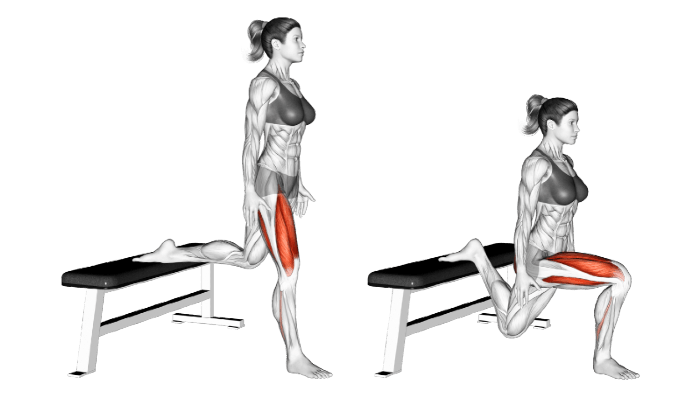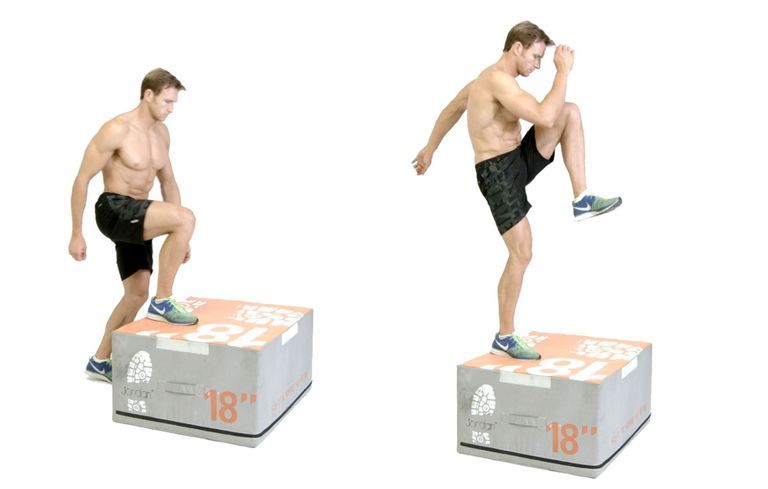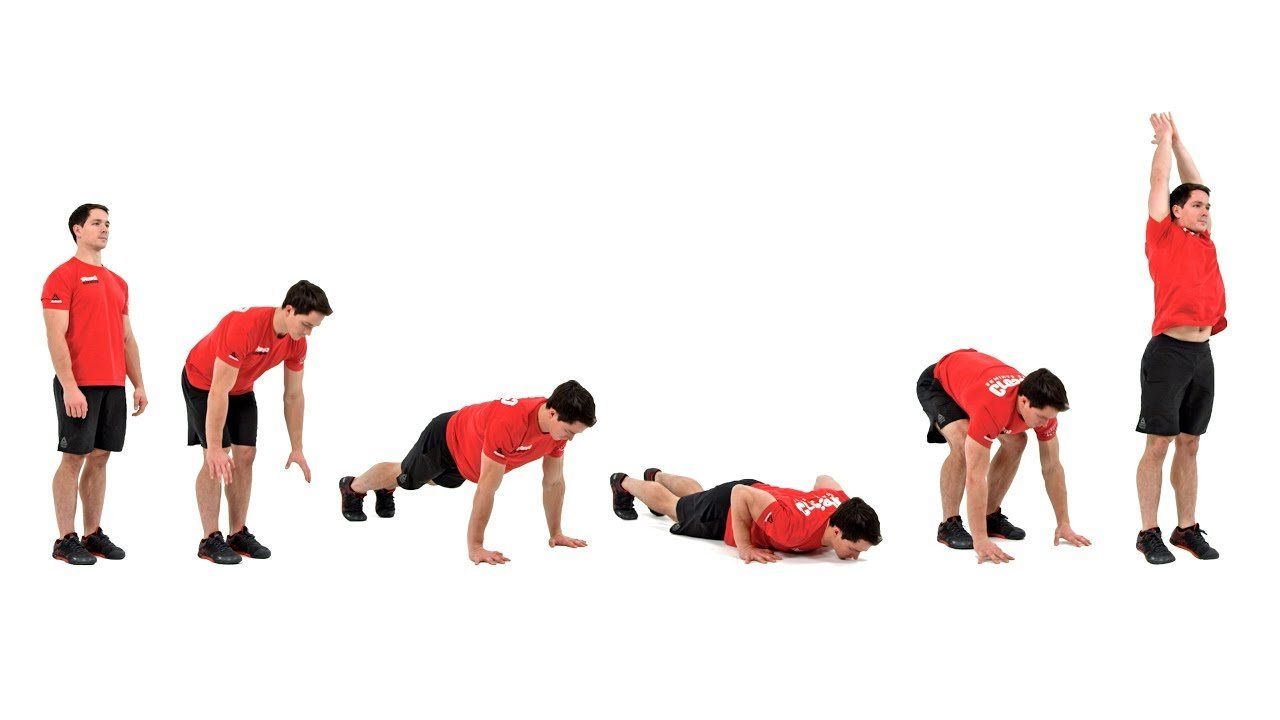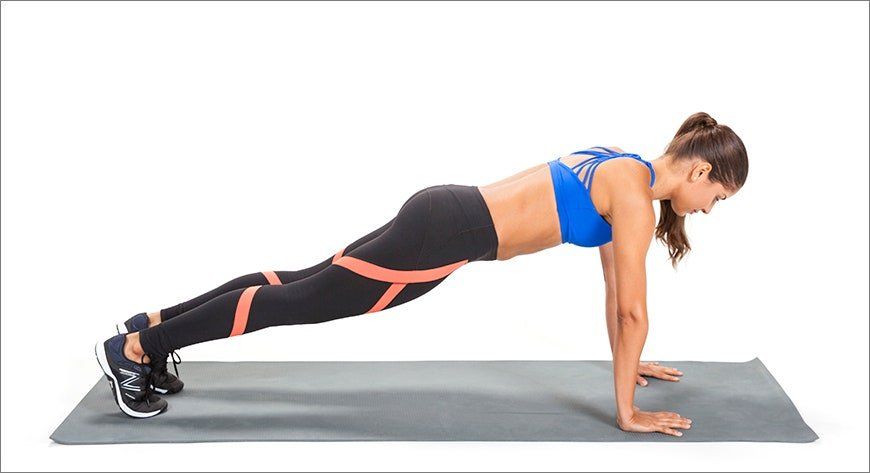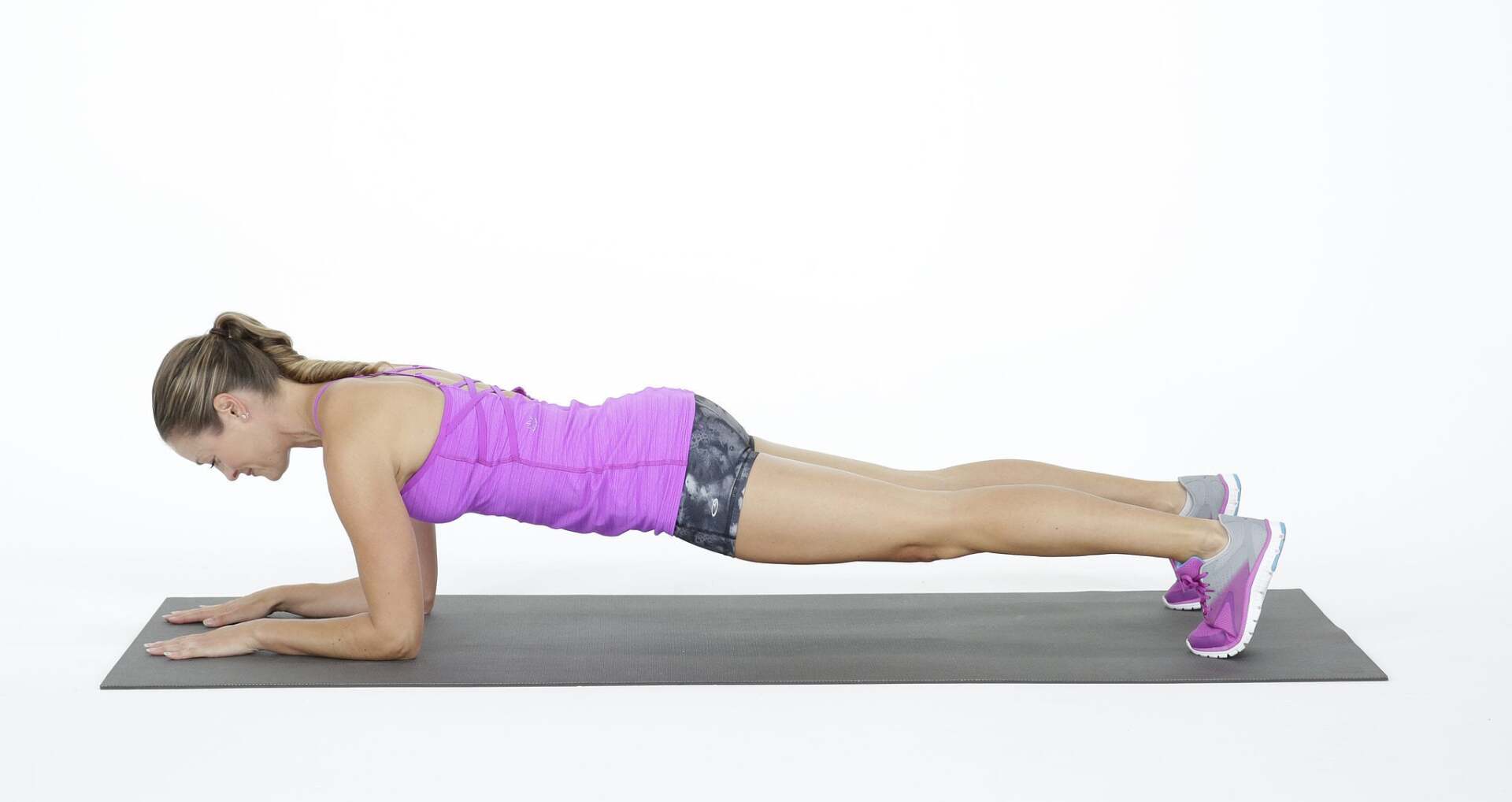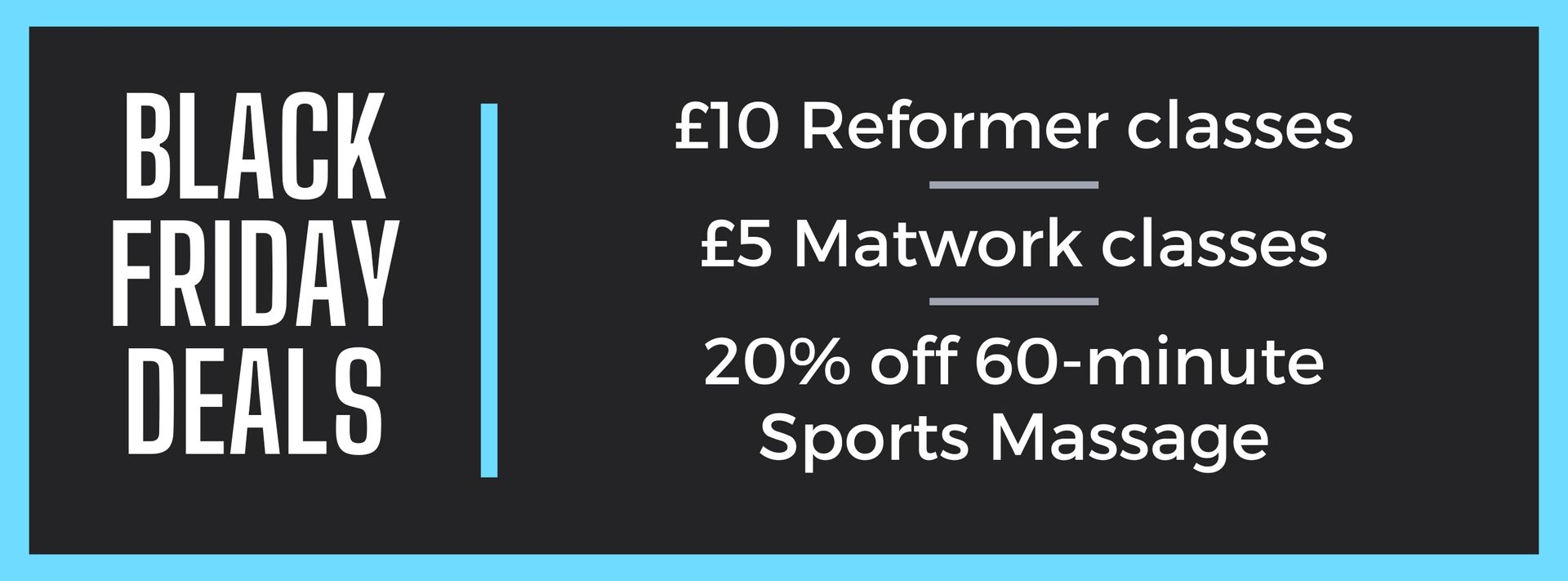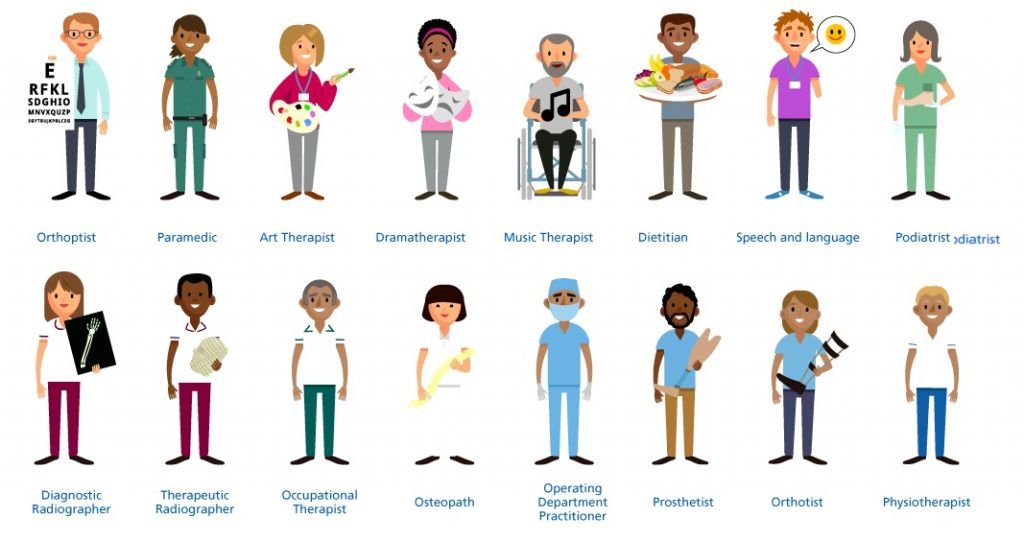Bodyweight Workouts
8 exercises you can do without equipment
1. Press-ups:
Back to the basics. Everyone knows a press-up, they are very simple but extremely beneficial. A press-up is a compound exercise as they target several different muscles and body parts. Press-ups workout the chest, biceps/triceps, and core. This is the ideal exercise for the upper body.
2. Bulgarian Split Squats:
A Bulgarian split squat is a combination of a squat and dip/lunge. This is a great exercise to workout your quads and general upper legs. This is a difficult exercise to carry out as you need good stability in your ankles and lower legs in order to properly lower and raise yourself, while pushing through your leg.
To get into the correct position for a bulgarian split squat. Find an elevated object, like the side of your bed, or a chair/sofa. Place one of your feet laces down on the elevated area and place your other leg in front of your like your are about perform a lunge (see the image below). Put your arm straight by your sides and then dip into the lunge keeping your leg on the evelaveted area and then push back up through your front leg back to the resting position.
3. Single leg Bridge:
This is a great exercise for your core, especially your lower core. To carry out this exercise technique, lay on your back with your hands palm down on the floor by your side, but make sure your hands are facing in the same direction of the rest of your body and not facing away from you. Also have one of your feet planted to the floor so your knee is in the air, have the other leg straight out in front of you, raised slightly. Now thrust your pelvis into the air so your back is straight, then back down. Make sure you keep your leg straight as you thrust your pelvis up. (See the image below for a clearer detail on how to do the exercise).
4. Step-up with knee raise:
This form of exercise is great for leg and core strength. This technique will definitely get your heart rate up quickly. But how do you do this exercise properly?
Well you start by finding a box or hard raised surface (a step on the stairs will work). Stand in front of the box or step with your feet shoulder width apart. Next lift and place one of your feet on the step so it is in front of your other foot. Now bring your other foot up and instead of placing it next to the other on the box, lift it past and carry on pushing up until your knee is up in front of you at chest height. Then move the same leg back down into starting position and repeat several times, then change to the other foot. Please look below at the image describing the action for a more clearer way to carry out the exercise.
5. Sit-ups
The perfect exercise for the core and abs. This exercise is extremely well know and can be surprisingly difficult when done in higher quantities. I have found that the best technique to effectively perform sit-ups is to find something with a gap at the bottom which you can slide your feet under (a wardrobe or chest of drawers is ideal). Having your feet under something provides an anchor so you can use your core to pull your body up to your knees without falling backwards. So start by sliding your feet under the object you have chosen, then get into the position as shown below. When doing sit-ups make sure you keep your feet and knees together at all times, and avoid using your hands or arms to help you push back up as it reducing the strain and effort your core has to do. A good tip is too hold your hands on the back of your head or across your chest.
6. Burpees
Burpees are are probably the most complicated and difficult exercises on this list. But hopefully this guide will be able to show you how to perform burpees with the proper technique.The main reason burpees are one of the more complicated body weight exercises is because a burpee is abit of combination between a press-up and a jump. Although not exactly as a press-up is a slowed control movement where you use your arms to lower and raise your body, whereas in a burpee you are more allowing your body to drop to the ground quickly and only using your arms to control your body at the very bottom of the movement. Look at the step by step picture below to see how to properly execute a burpee.
7. Jumping lunge
Great exercise to get your legs on fire. Very simple exercise really, just a lunge with a straight jump when you come back up to the top. Simply place one foot far in front of the other and dip down into a lunge, making sure your knee doesn't pass over your toes. when you come back up from the lunge, bring your feet together at the same time as jumping of the floor and then you can either go back into a neutral position then back into a lunge and repeat or you can go straight into another lunge from the jump so it is a fluid motion, be wary that doing the later is more difficult and is only recommended if you have good stability in your feet and legs. (Image below as usual)
8. Plank
There are many forms of a plank, so we will be going over the 3 main planks:
- High Plank,
- Elbow Plank,
- Knee Plank,
All of these planks have different difficulties, the elbow plank is arguably the most difficult, followed by the high plank and the easiest being the elbow plank.
High Plank:
This is a very basic technique to workout your core, this is also a very simple exercise to do, just get into the press-up position with your arms just wider than shoulder width apart and don't move from there, try and hold that position for as long as you can.
Elbow Plank:
Just like the high plank but you are on your elbows and your arms should be a bit closer, shoulder width apart is ideal. This plank is probably a bit more difficult as you are using alot of your weight on your elbows, to help this make sure your are on a relatively soft surface, but still level and stable. (a yoga mat is a great surface)
Knee Plank:
It is more effective to be on your elbows when your are doing the knee plank, the knee plank is exactly like the elbow plank but you are on your knees rather then being on your toes. This is a much easier alternative to the elbow or high plank but is still challenging and will give you a good core workout.
